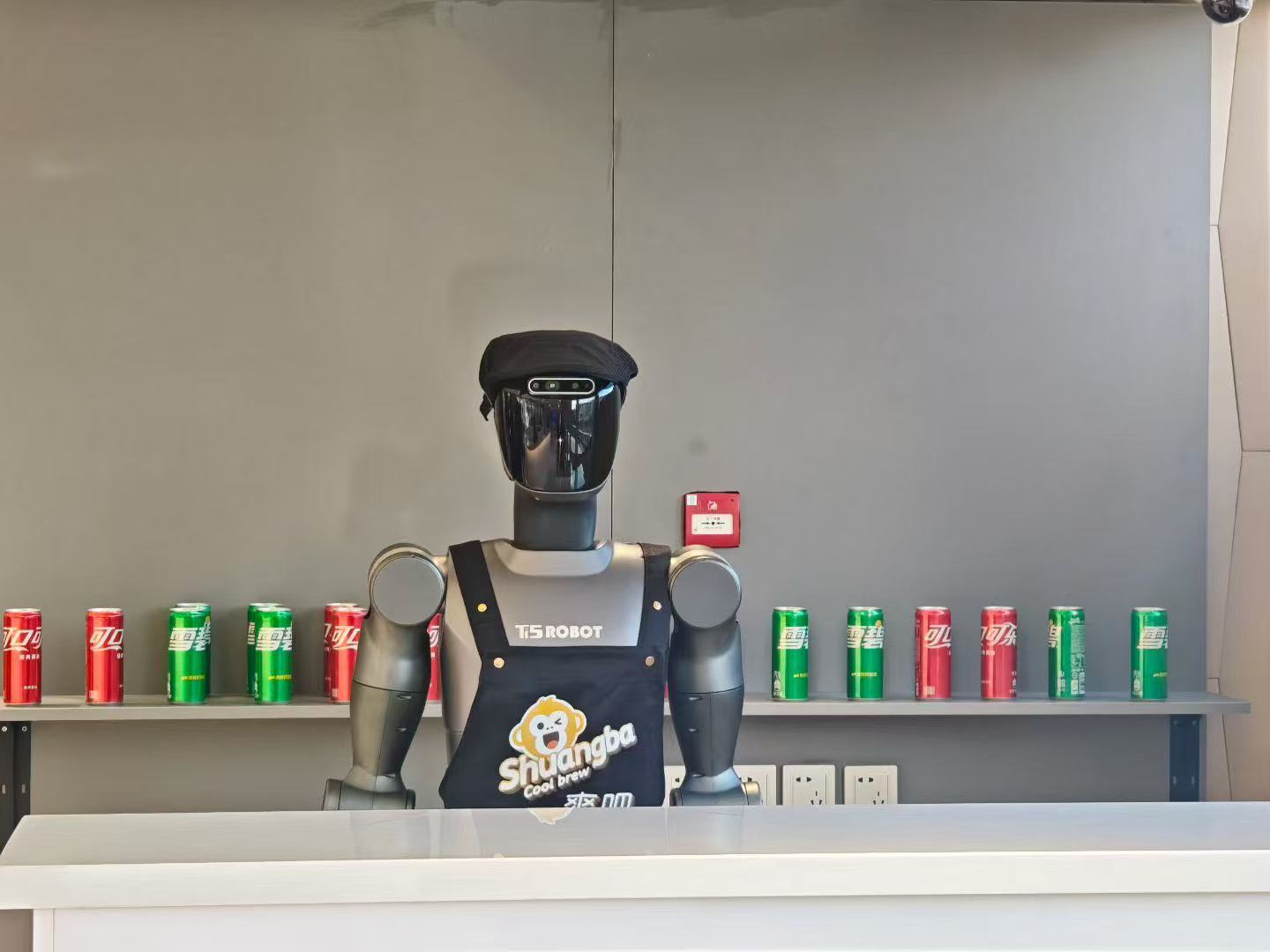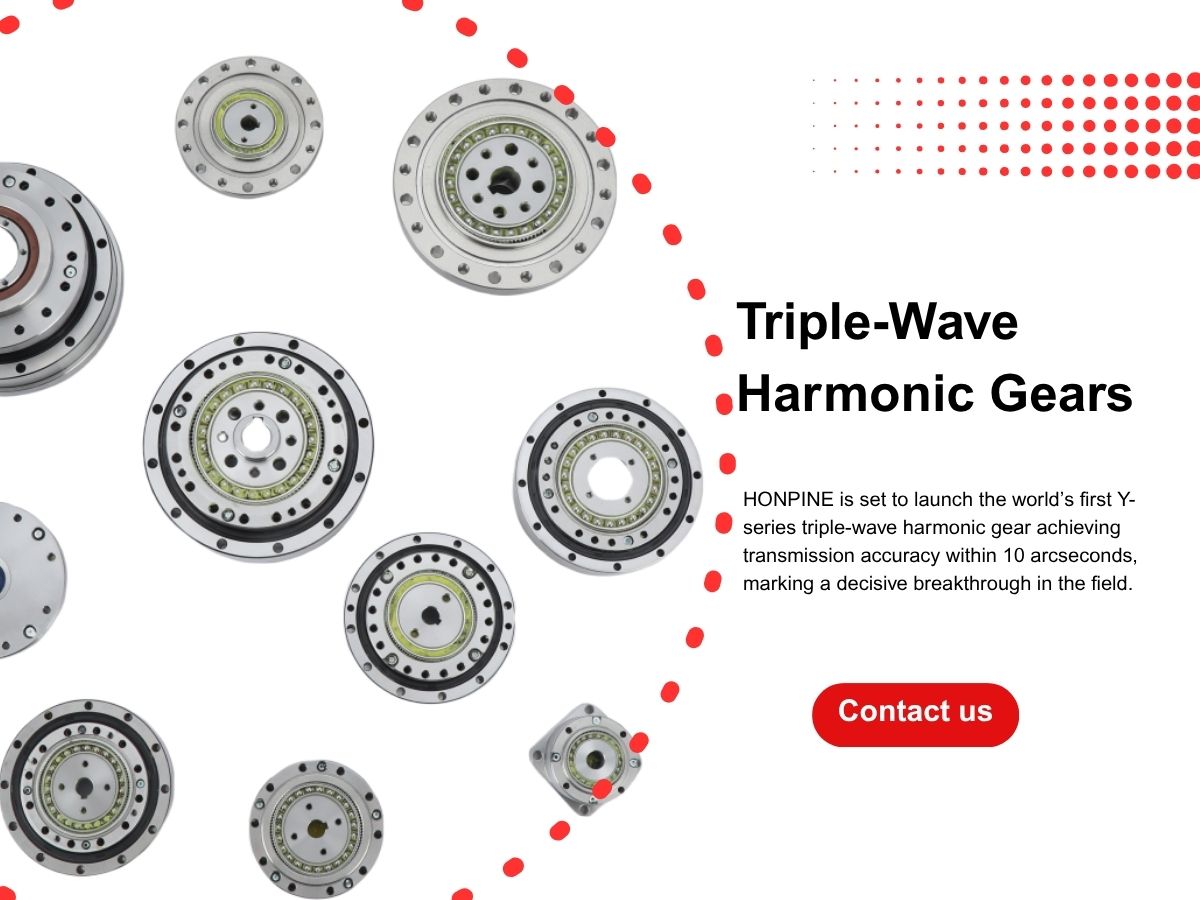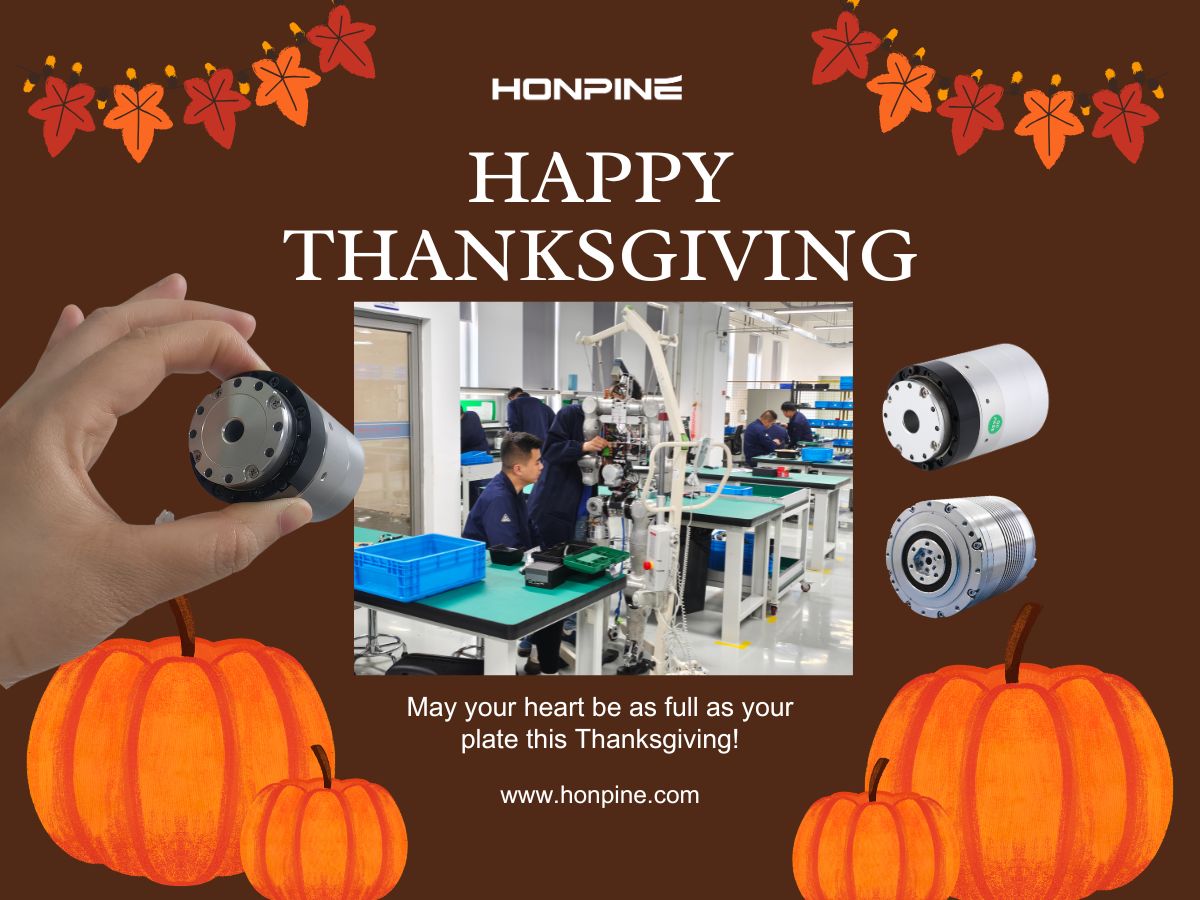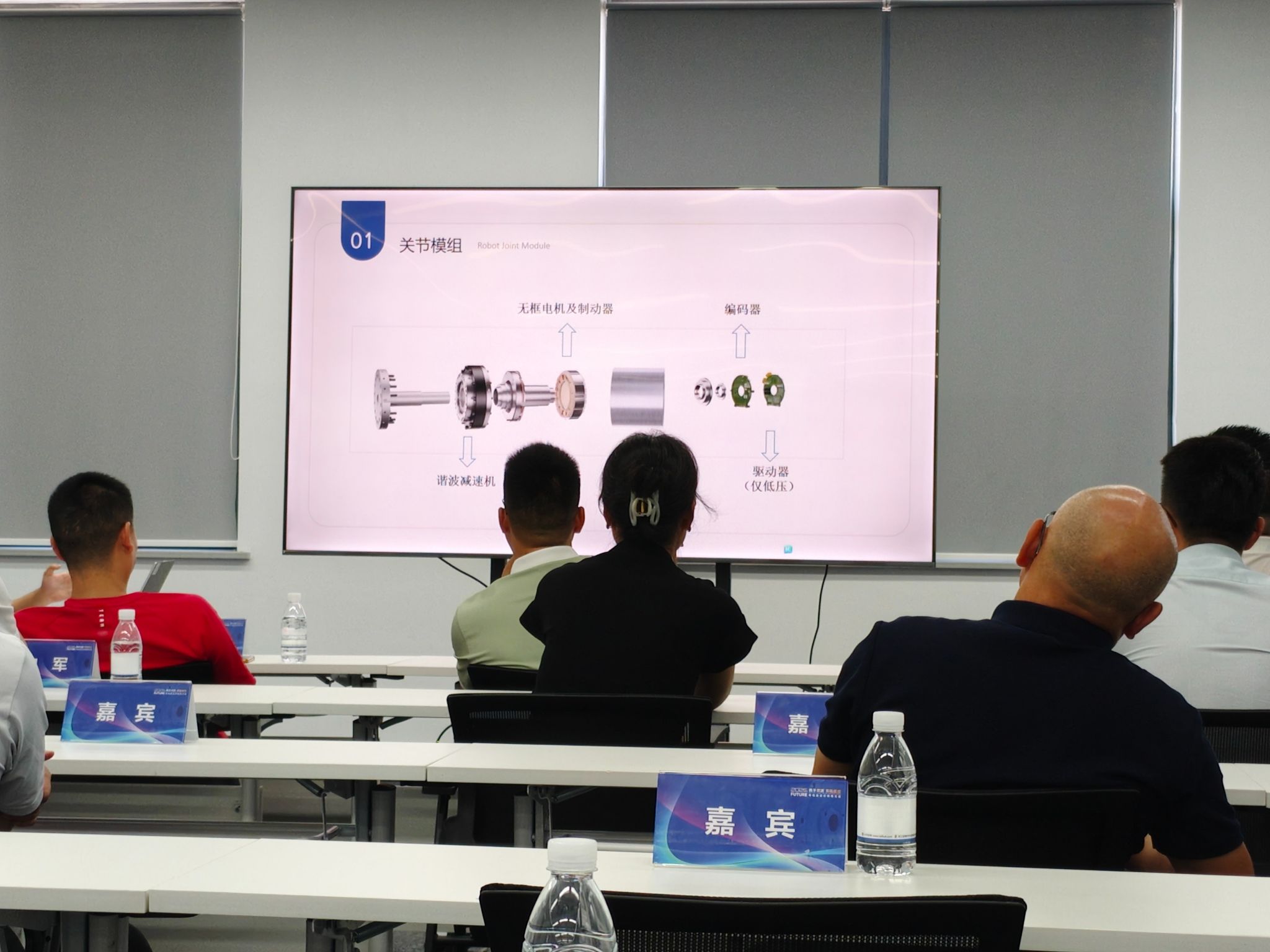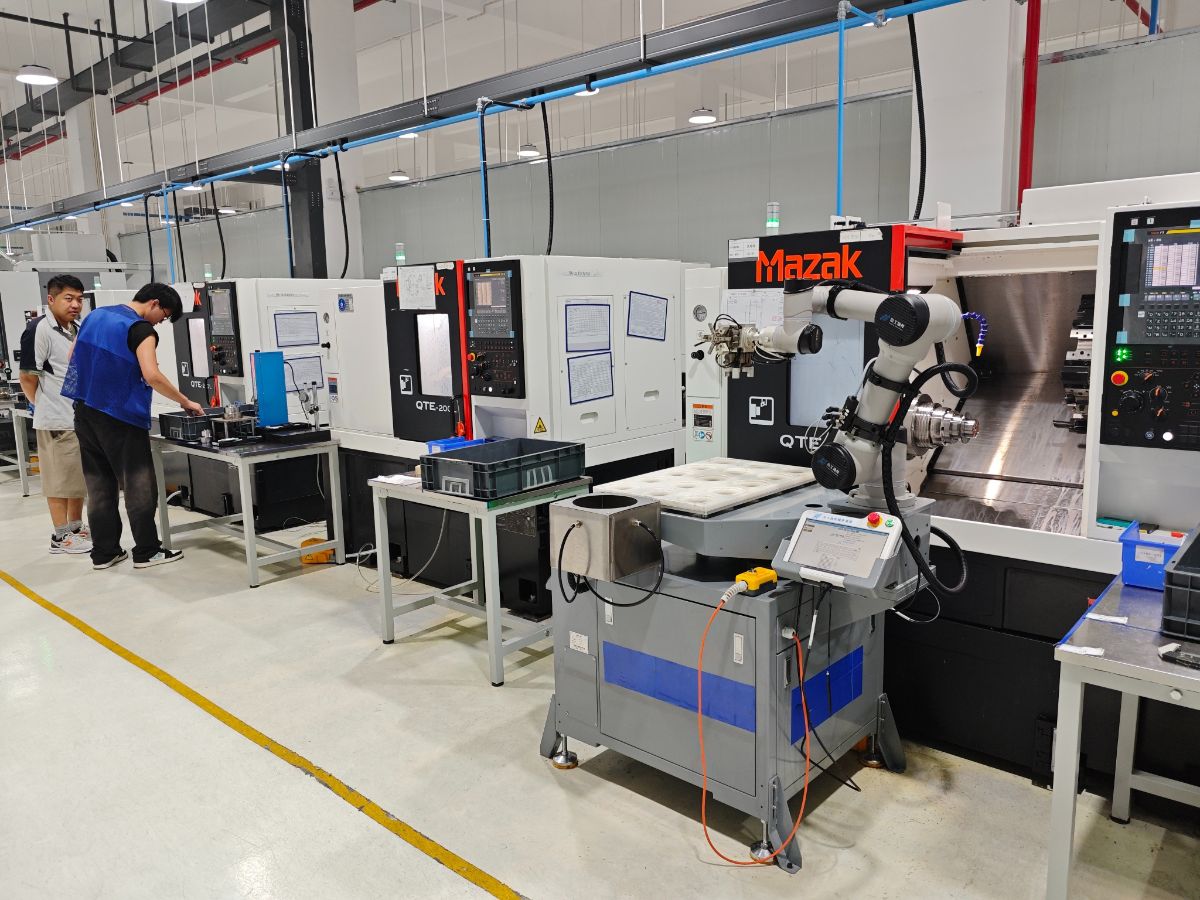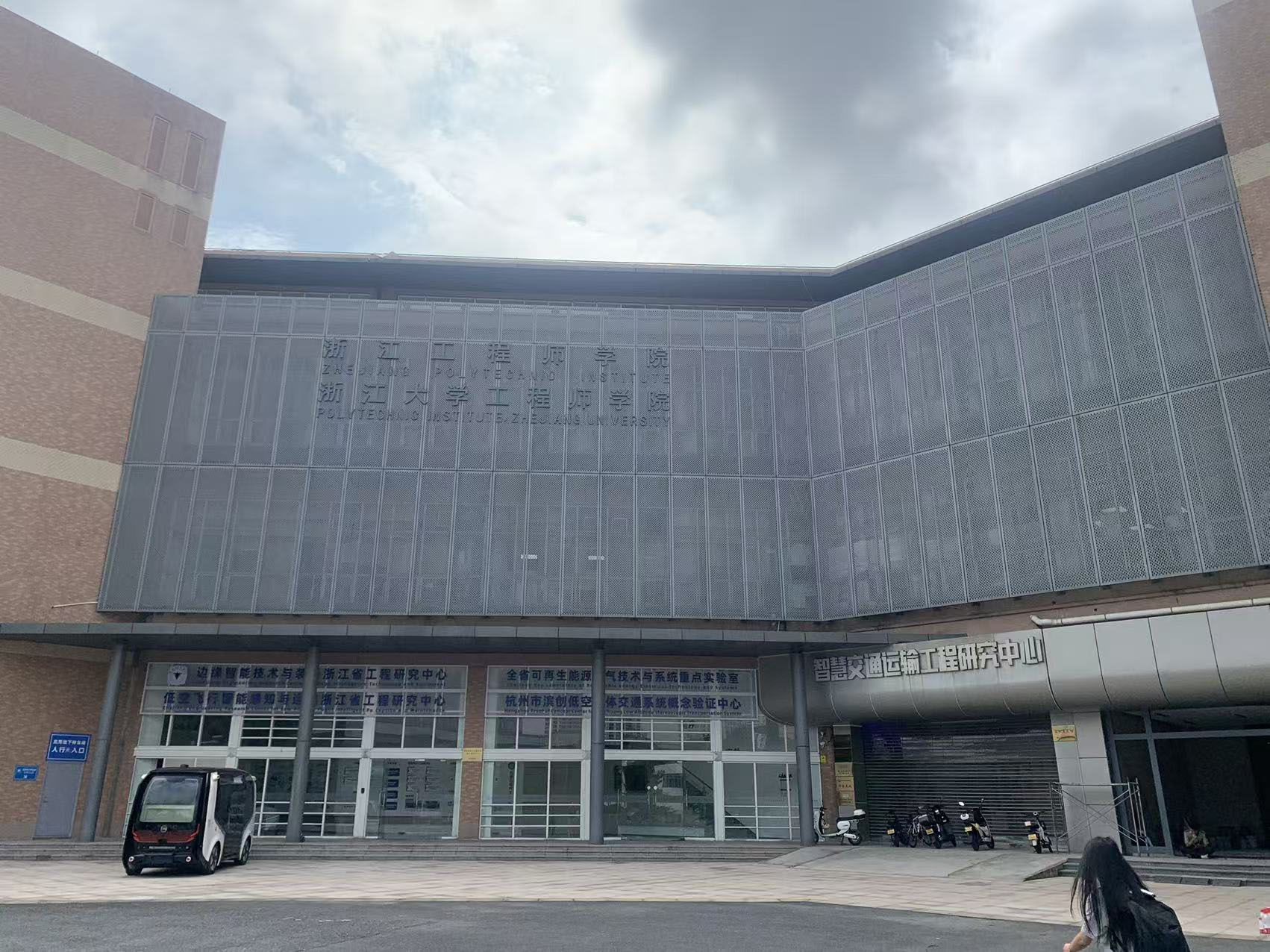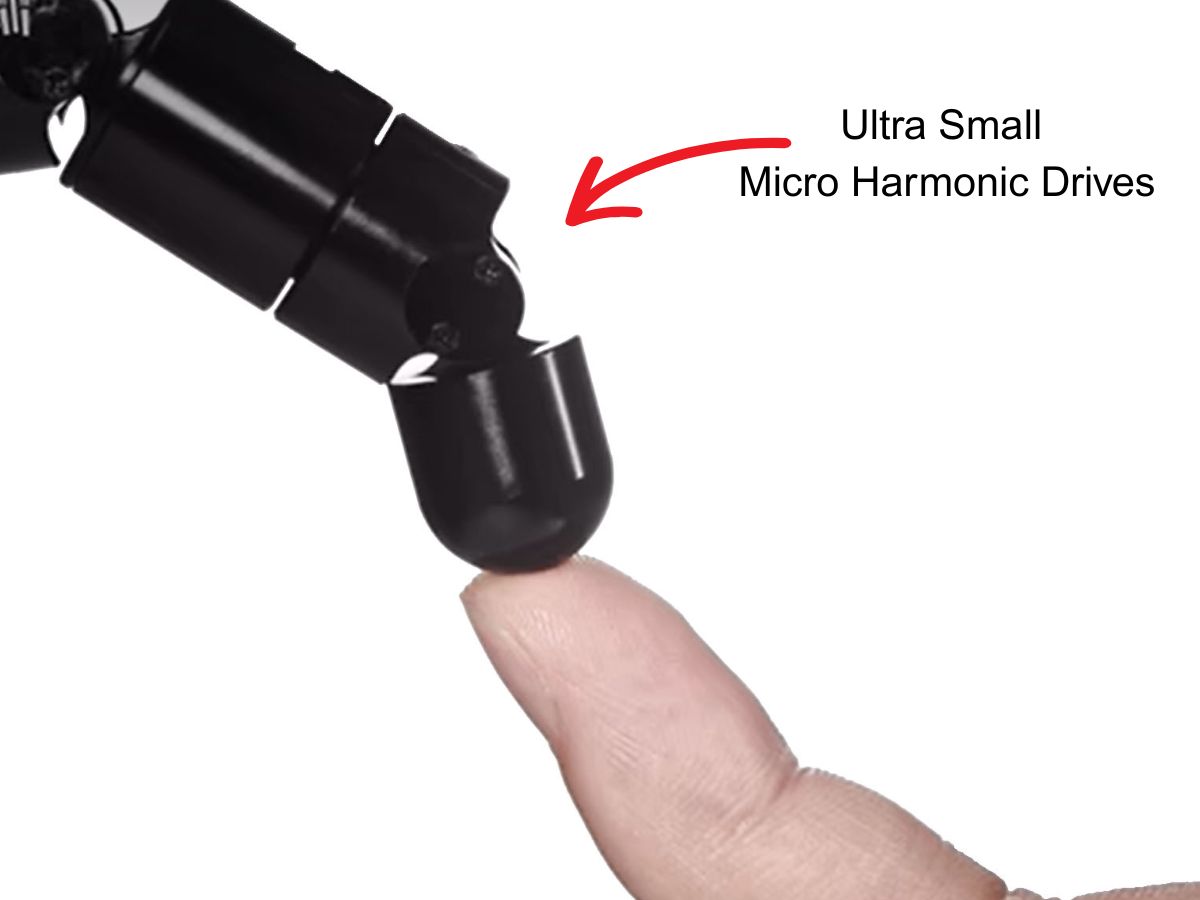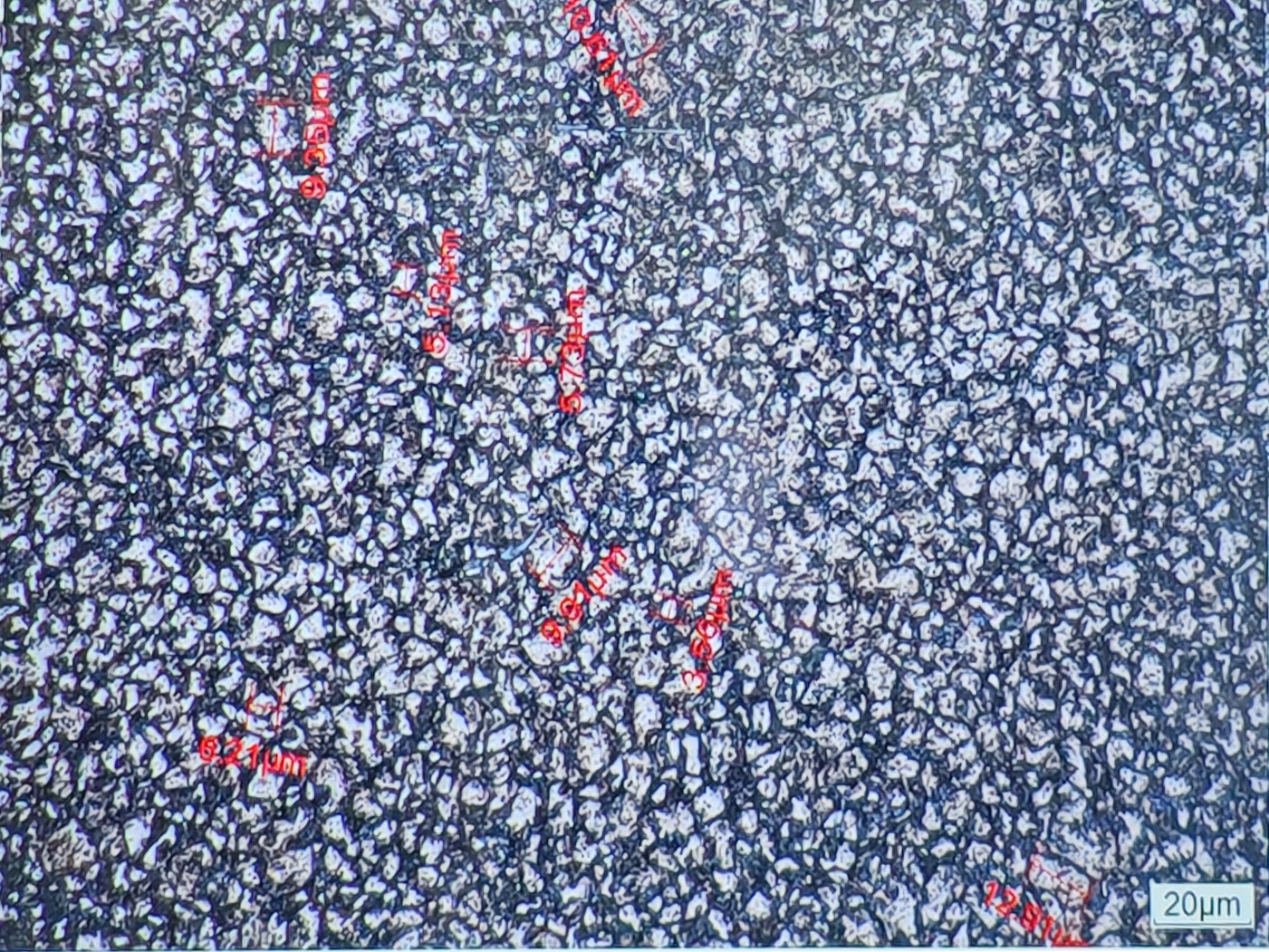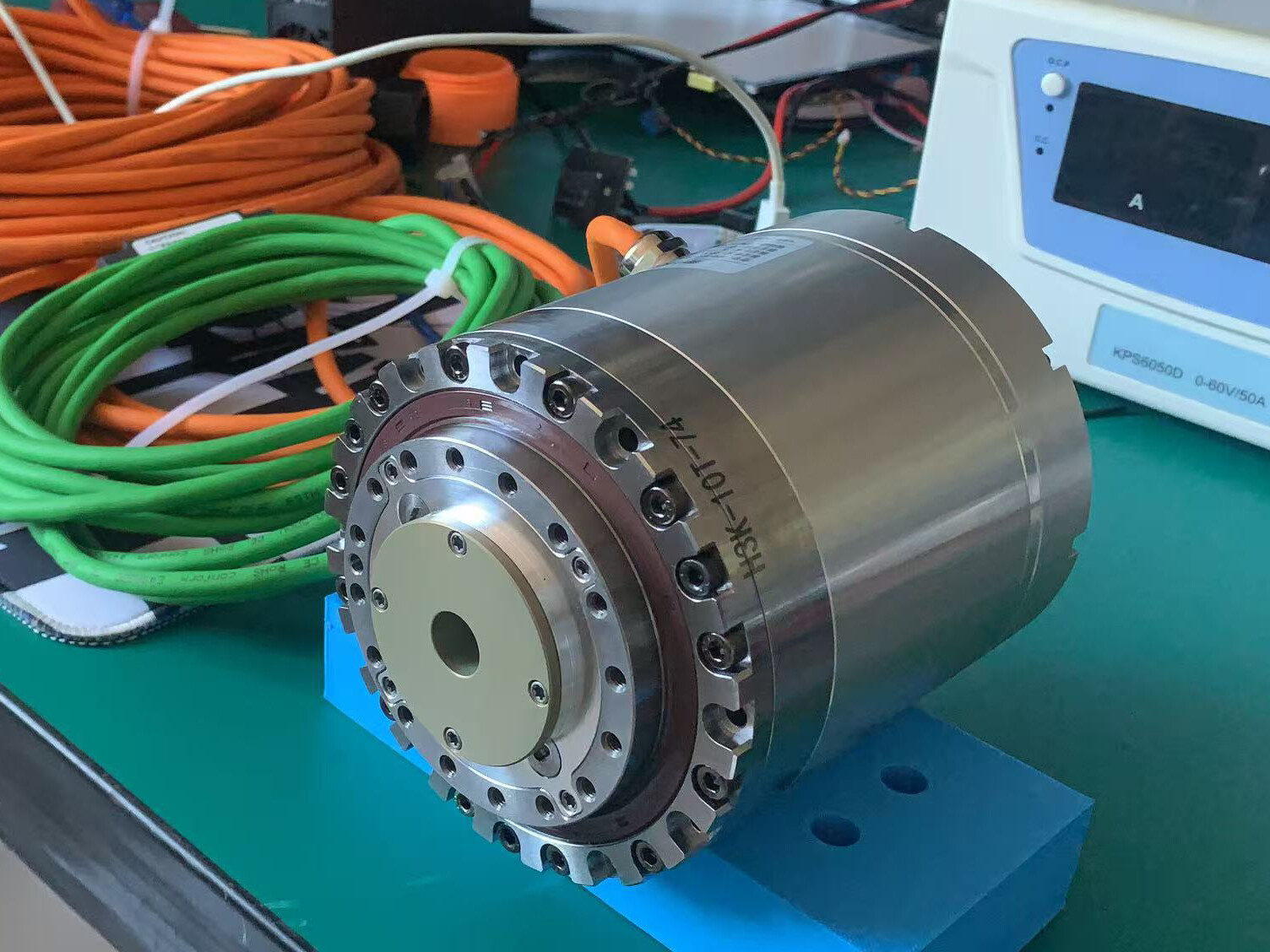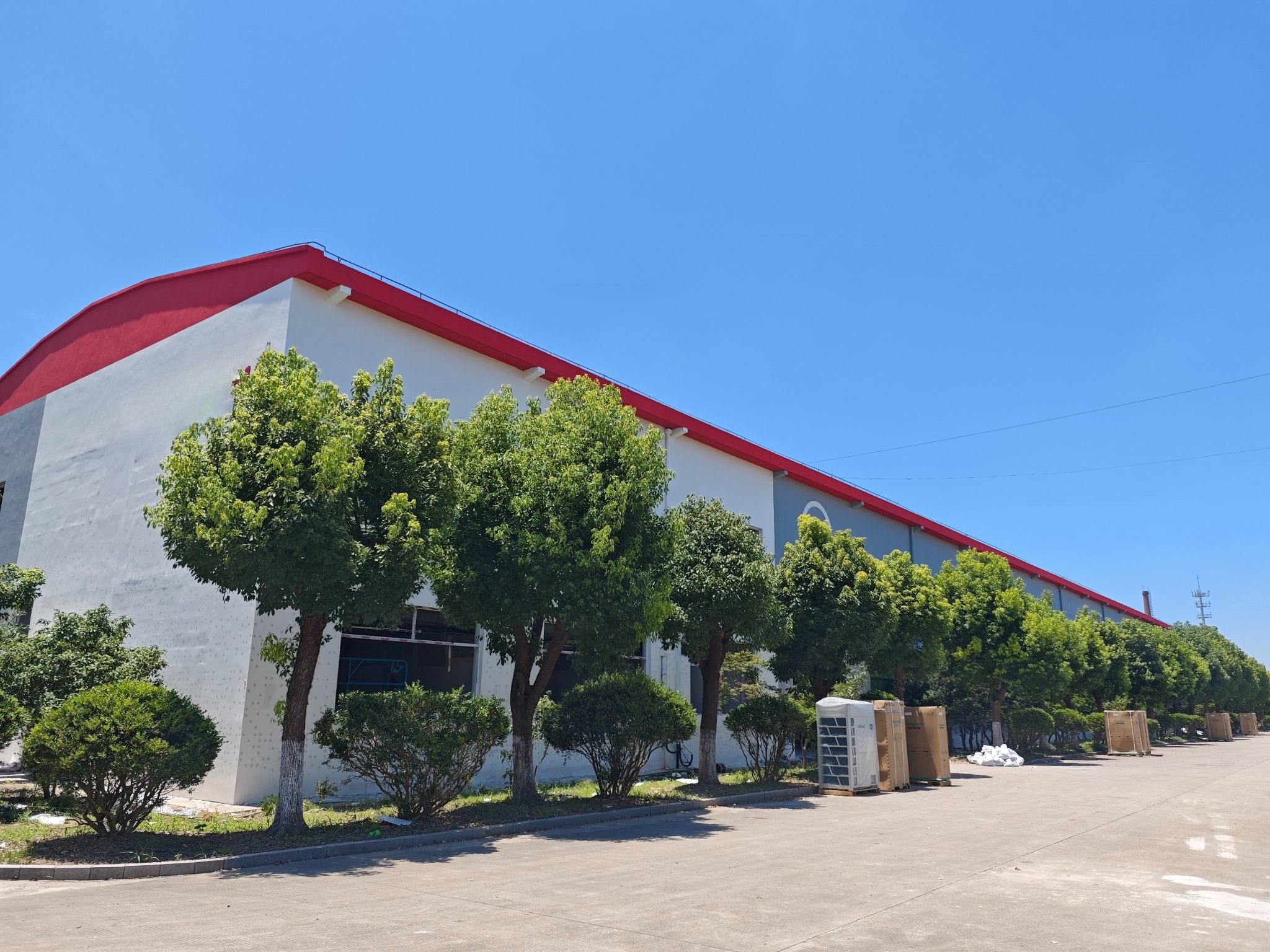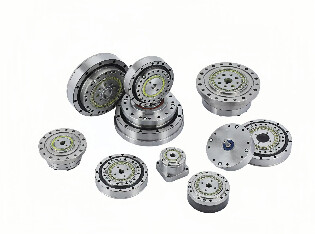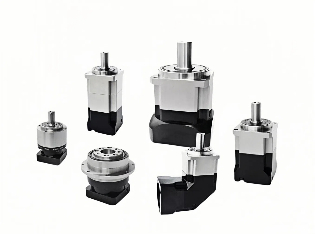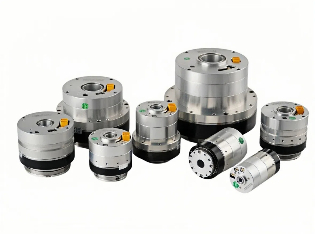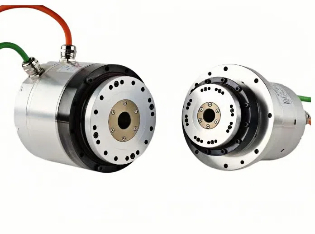HONPINE Harmonic Reducer, RV Reducer, Planetary Reducer Assist in the Development of Humanoid Robots
Importance of Precision Reducers
The precision reducer is one of the three core components of robots and also the highest value component, accounting for 36% of the total cost. Both harmonic and planetary reducers are relatively small in size and can be used in humanoid robot joints.
The three types have different performance characteristics:
Harmonic reducers offer higher precision, zero backlash, high torque density, good stability, low noise, and high transmission ratio. Their disadvantages include shorter lifespan, lower durability, and reduced efficiency;
Planetary reducers provide high torque density, long lifespan, good durability, and high efficiency. Their drawbacks are lower precision, higher noise, and lower transmission ratio.
RV reducers are relatively large in size and mass, making them suitable for heavy-load positions such as the base, upper arm, and shoulder of industrial robots
Principle of Harmonic Reducer
The harmonic reducer consists of three basic components: a rigid gear (circular spline) with internal teeth, a flexible gear (flexspline) with external teeth, and a wave generator. When the wave generator is installed inside the flexspline, it forces the flexspline to elastically deform into an elliptical shape. This causes the flexspline teeth at the major axis to fully engage with the rigid gear teeth, while the teeth at the minor axis completely disengage. As the wave generator continuously rotates, it makes the flexspline undergo continuous deformation and produces staggered tooth motion, thereby achieving motion transmission between the wave generator and flexspline.
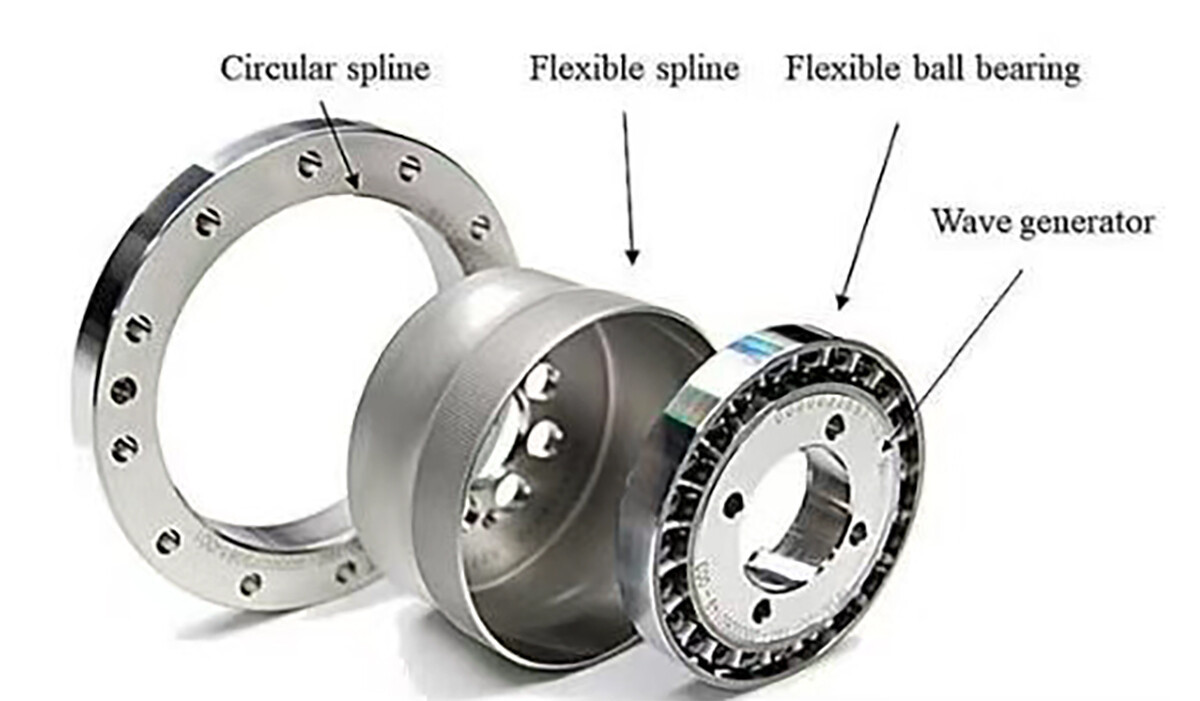
Principle of Planetary Reducer
The core structure of the planetary reducer is the sun gear and planet gears. During operation, the sun gear acts as the input, driving the planet gears to rotate within the internal gear ring. The planet gears' external flange or other structures serve as the output. Since the planet gears are evenly distributed around the sun gear, the planetary gear system is highly robust. The transmission ratio can be easily modified by changing the planetary carrier and sun gear configuration.
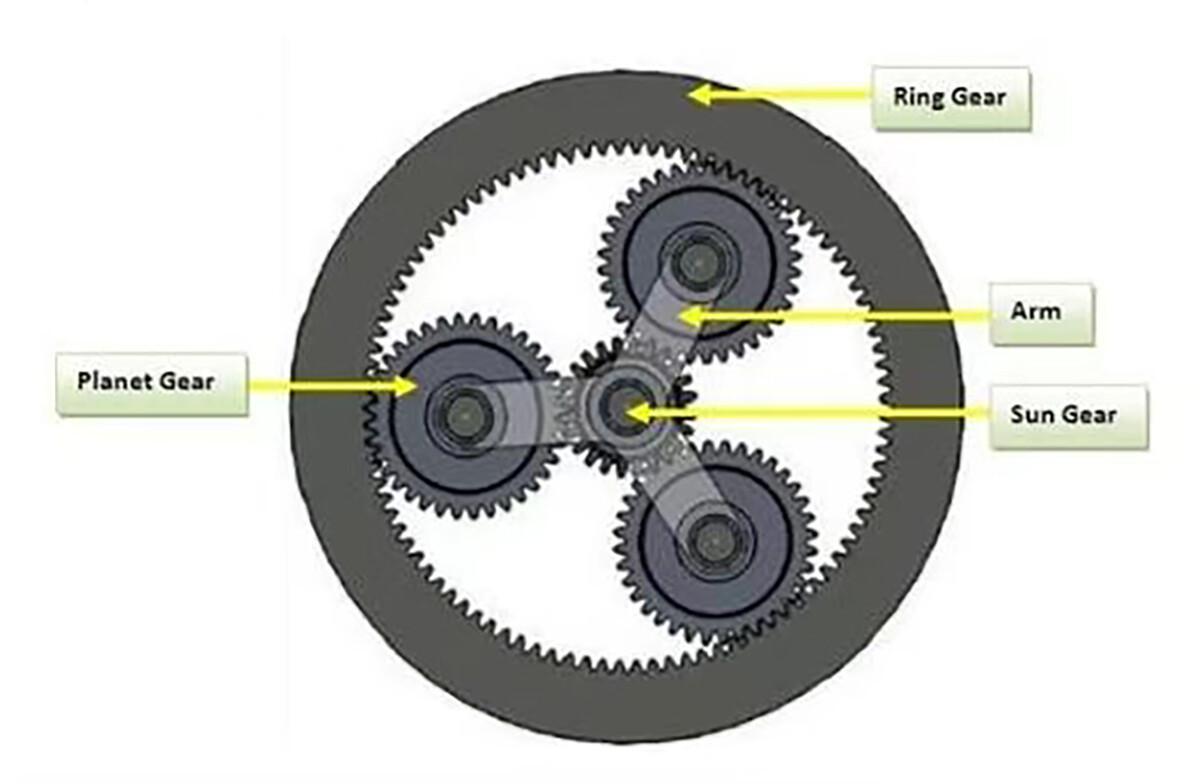
Principle of RV Reducer
The RV reducer evolved from traditional cycloidal planetary transmission. Its reduction structure combines a front-stage planetary reducer and a rear-stage cycloidal pinwheel reducer. It uses at least two eccentric shafts to connect the secondary reduction mechanism. The housing and cycloidal pinwheel are driven by solid castings and steel components. When the motor's high-speed rotation torque is transmitted through the output wheel, it converts into high-torque, low-speed output via the interaction of planetary gears and sun gears. As the output wheel continues to rotate, the main gear's tooth count changes accordingly, adjusting the RV reducer's overall output speed. Additionally, the RV reducer contains a built-in eccentric wheel that can reverse the output wheel's rotation direction by 180 degrees and control the connection/disconnection between the output wheel and planetary gear, enabling output start/stop control.
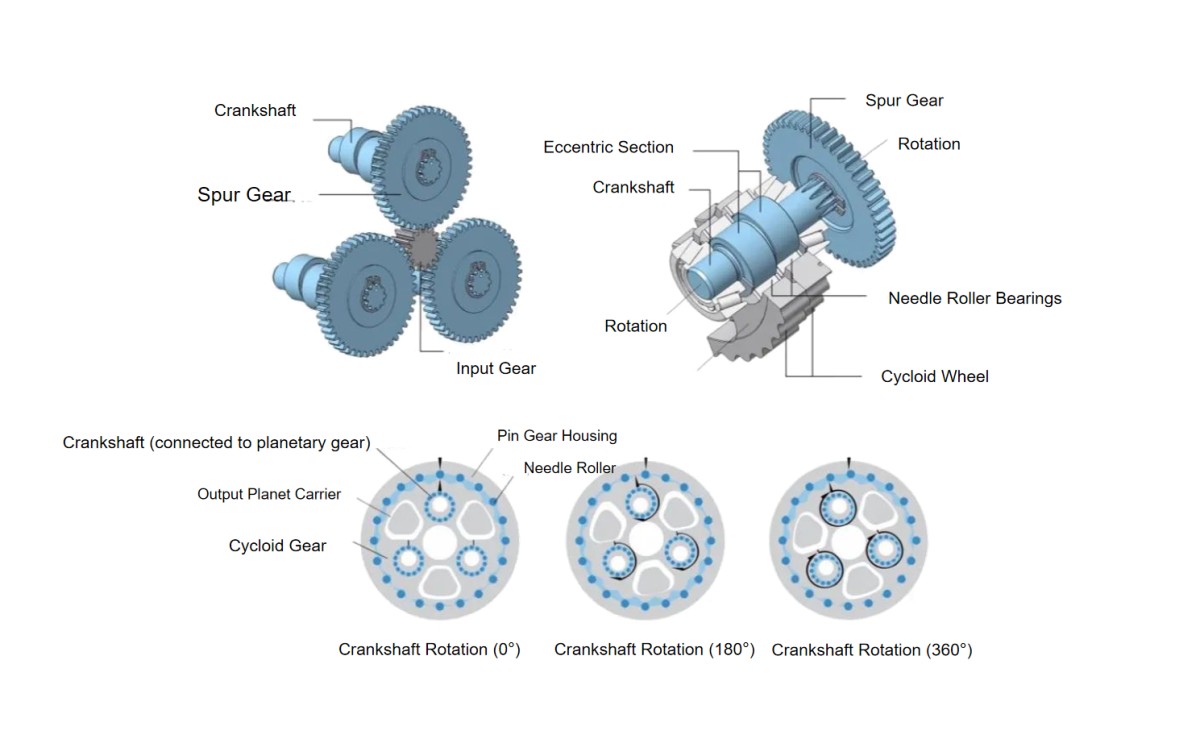
When integrated with embodied intelligence technology, humanoid robots will drive rapid innovation and iteration in their joint module, sensors, dexterous hands and other related components. This will further enhance generalized grasping and motion control capabilities, making spatial perception and operational execution more precise and flexible. These improvements will significantly increase humanoid robots' versatility and generalization capabilities, reduce development costs, and accelerate their adoption across industries and households. HONPINE has established a humanoid robot R&D team to support humanoid robot development projects, applying precision transmission technology appropriately to various humanoid robot joints.
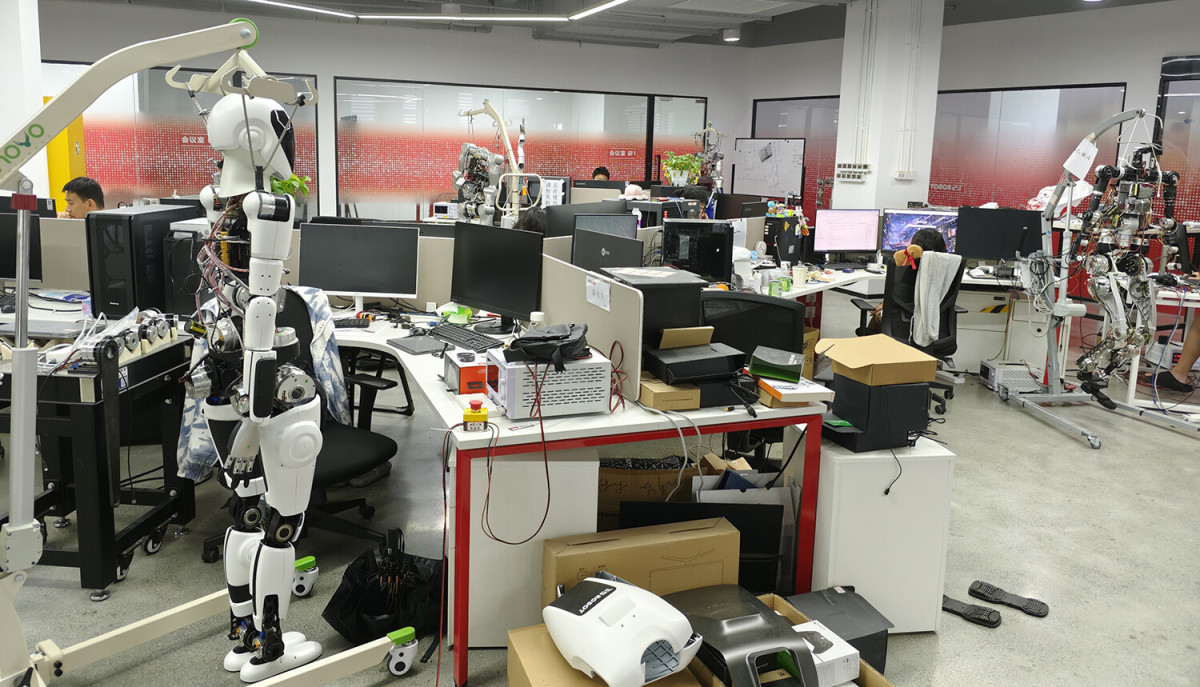
Double Click
Products Catelog
